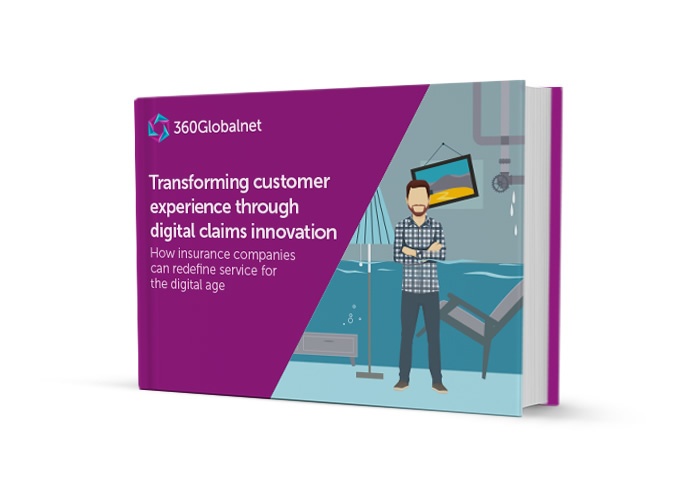Traditional insurers, wishing to make a significant improvement to their claims processing have historically adopted a highly traditional approach to systems development.
Projects might typically involve:
- A large team, with all the key functions represented;
- Very detailed design of the target end process;
- All or nothing implementation – with all the functionality included in one or two releases, and no iteration;
- Design based on assumptions about, rather than testing of, customer requirements;
- Extensive testing, focused on functionality rather than customer experience or usability;
- Limited or broad-brush measurement of financial impact and benefits;
- Tight control and sign-off of releases;
- A large role for in house IT;
- Rigid project management methodologies; and
- Extensive integration with other systems pursued as a goal in itself.
Unsurprisingly, given the complexity, projects were often delayed, frequently overran their budgets, and benefits were often elusive.
Many of these insurers have been constrained by legacy systems of record. However, a new breed of Software As A Service (SAAS) platforms creates an opportunity to move to an agile approach to development, as well as allowing insurers to deploy all the key functionality they need, and which is not available from their legacy systems.
In this scenario projects are characterised by:
- Small teams led by operating staff;
- Incremental changes delivered rapidly and continuously;
- Constant testing of the customer experience;
- Close attention to the financial benefits;
- Multiple iterations and adaptation;
- Empowered teams authorised to deliver change;
- Modest roles for internal IT teams;
- Light touch project management methodologies with an emphasis on delivery; and
- Integration with other systems is not pursued for its own sake.
Old habits run deep though, and it can be difficult for insurers who have not fully appreciated what an agile approach requires to make all the changes required for the new world – which are far reaching and profound. Those that can’t change are likely to find the new world is just as frustrating as the old.
Those that can adopt these principles will enjoy a step change in their return on their technology investment, as they begin to realise all the benefits that flow from the ability to change faster than their competitors.
Simon Yun-Farmbrough, 360Globalnet Chairman


